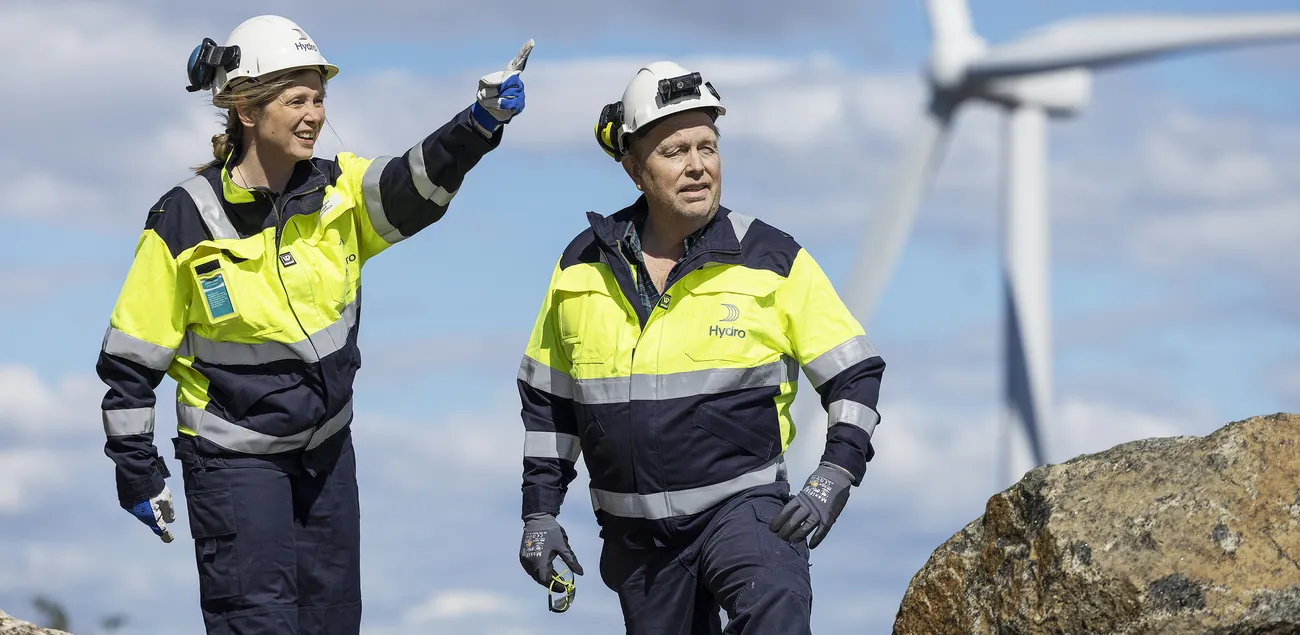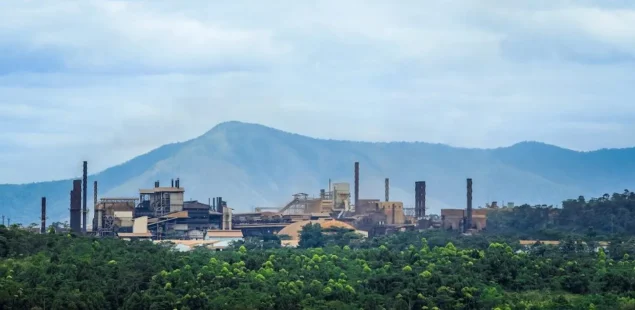
Contract Termination Caps Off-taker Risk
The original 2018 contract obliged Cloud Snurran to supply a baseload 300 gigawatt-hours (GWh) a year from 2020 to 2030, rising to 550 GWh annually between 2031 and 2049—equivalent to roughly 0.3 % and 0.6 % respectively of Hydro’s normal-year equity power output in Norway. Deliveries stopped in November 2024 after the operator ran into liquidity problems; a Swedish appeals court allowed a restructuring last July, paving the way for the voluntary unwind. In return for cancelling the agreement, Hydro will receive staged payments funded by the wind farm’s new creditors, covering foregone electricity and a premium for early termination.
Impact on Hydro’s Energy Portfolio
The lost 300 GWh—about five days of consumption for Hydro’s Norwegian smelters—can be replaced from the company’s 13.7 terawatt-hours (TWh) of in-house hydropower, spot purchases or other PPAs already signed with Nordic wind projects. Management says the exit improves supply reliability and eliminates the need to carry default risk on an under-performing counterparty. Any replacement volumes bought on the open market will be indexed to Nordic system prices, currently about €46/MWh ($54/MWh), implying a potential cost of €14 million a year—well within the compensation envelope.
Renewables Financing Headwinds
Cloud Snurran’s difficulties reflect tighter European lending conditions for merchant wind projects exposed to fluctuating day-ahead prices. Rising interest rates, turbine-component inflation and permitting delays have pushed several small developers into restructuring. Hydro’s decision to walk away underscores a broader shift by industrial off-takers toward counterparties with stronger balance-sheets or vertically-integrated generation portfolios.
Company Background and Market Context
Hydro is Europe’s largest primary-aluminium producer, operating five smelters in Norway and downstream plants worldwide. The group’s power strategy combines equity hydro assets, long-dated PPAs and incremental renewable deals brokered by its Hydro Rein subsidiary. The company consumed about 19 TWh of electricity in 2024, of which 81 % was covered by renewable sources. It targets 100 % renewables for its European metal by 2030 and net-zero scope-1 and scope-2 emissions by 2050.
Cloud Snurran owns 105 MW of turbines in northern Sweden. The asset entered commercial operation in 2021 but struggled after curtailments and lower-than-forecast wind speeds cut revenue below debt-service requirements. Following the court-approved restructuring, ownership has passed to a creditor consortium that intends to merge the plant with a neighbouring project to achieve scale.
Aluminium smelting requires roughly 14 MWh of electricity per tonne, making power the single largest cost item. With London Metal Exchange cash aluminium recently trading near $2,570/t, Nordic producers rely on abundant renewable energy to maintain cost competitiveness and low carbon footprints. Stable, low-carbon power sourcing is therefore central to their long-term strategy.



